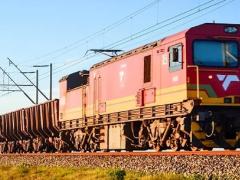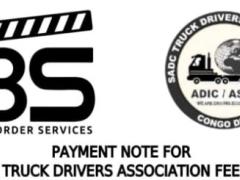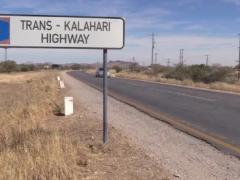For companies to achieve success in the export field, they must have systems that give them a distinct advantage, according to Compu-Clearing marketing manager, Homith Hooseria. And the Compu-Clearing export system for air, sea and road freight is the most widely used customs clearing and freight forwarding system in South Africa, he told FTW. One of the functions the system offers to importers producing the necessary documentation is the SAD500 Bill Of Entry (BoE) documents in all their myriad variations for any entry type or tariff heading, “And we guarantee our BoE,” said Hooseria, “with all the details to be found in the Compu-Clearing Guarantee. “Not only that, but all the statutory customs documents can be produced from our system. Hooseria also highlighted a number of features of the export system. “It is dynamically linked to an updated database which stores all the latest customs tariffs and the exchange rates,” he said. “And it automatically advises the clearing agent of the tariff headings that have changed.” Supporting that is the integration factor. “The export system is fully integrated to all other modules,” Hooseria added. “This allows for a single input of data to populate all fields from the BoE all the way through to invoicing. This increases productivity and reduces user errors. “Also, all master files – from product codes to exporter details – can be uploaded into our system and do not require manual capturing. “The product codes allow for the accurate determination of the tariff heading to be used on the customs documentation. Multiple products can be set up against a single tariff heading to allow the tracking of different products that share a common tariff heading. The BoE programme can automatically consolidate these into a single line.” Looking at permits, Hooseria notes that the export system will notify the user if a permit is required on a specific tariff heading. “Our system also includes a programme that tracks and keeps stock of all used and unused permits. And, on consolidation of BoE entry lines, when multiple lines share a common tariff heading, the programme can consolidate these into a single line for customs purposes, if specified. “We use the latest of cloud technologies, allowing our clients to set up national network links to our server with no infrastructure costs. All that is required is an Internet connection. Hooseria pointed out that seamless integration is found within the system, from the air waybill to the BoE, without the need to ever duplicate any data. It also includes air waybill tracking direct from the airlines. A similar situation exists for sea exports, where there is integration from the BoE to the Bill of Lading (BoL), again without the need to duplicate any data.












